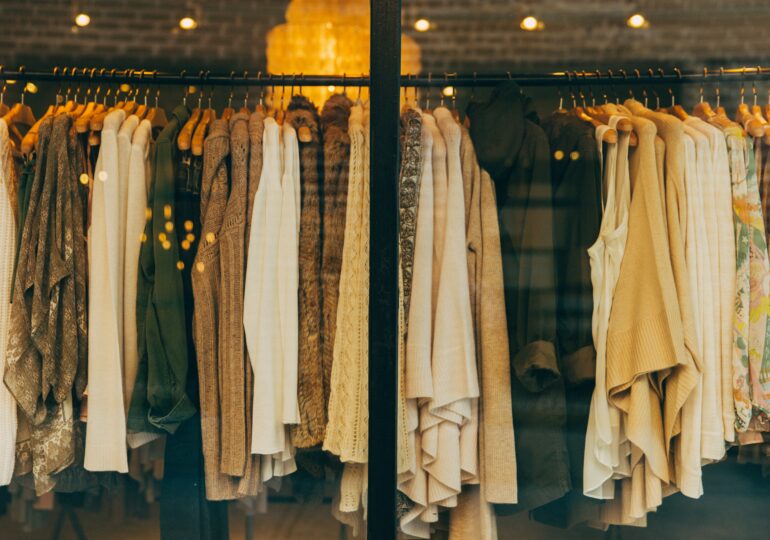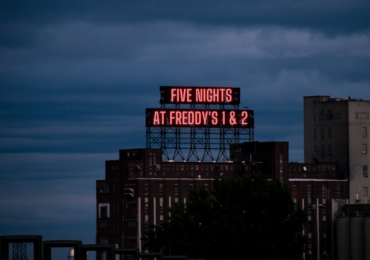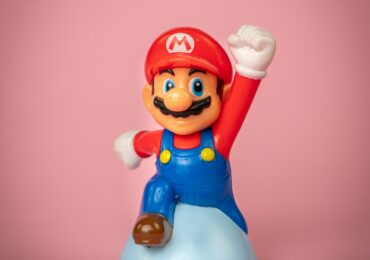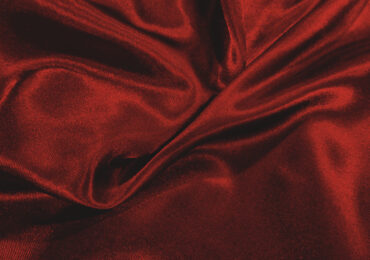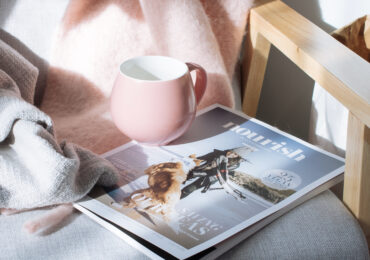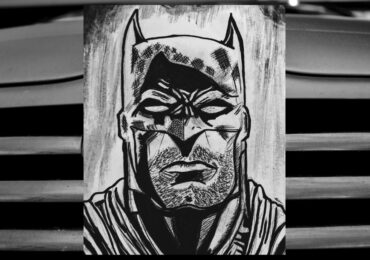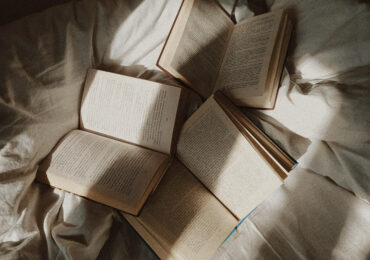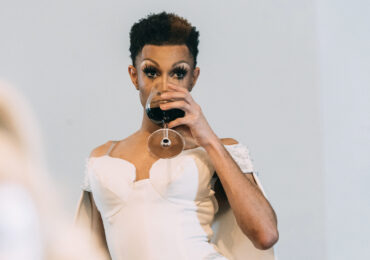I’ve always loved fashion! And I think it’s fascinating looking at how fashion has developed over the ages and how our notion of beauty continues to change with the times. This article asks the question- if you could travel back to any historical period of time where you could experience the fashion or even wear it for yourself, which historical period of time would you pick?!
John: “The age-old question: “if you had a time machine, when would you go?” In terms of fashion, there are many great periods, almost all much better than today, but the choice for me is an easy if a very limited one: 1966-68 (told you it was limited!), the time of the New Dandies; let me strut in peacock plumage down Carnaby Street in its heyday! Let me take you on a trip on Dylan’s magic, swirling’ ship, back to the Swinging London of The Kinks’ 1967 classic “Dedicated Follower of Fashion”, or Donovan’s lesser-known, but no less evocative “Sunny South Kensington”; the fashion of the period is high on Flower Power and though these were blooms of short duration, they were not inclined to blush unseen, nor to waste their (patchouli-scented) sweetness on the desert air – this was a brief flourishing of extravagant dressing, at a pivotal point between the austere, tight-suited narcissism of the Mods and the anti-style of the Hippies, a time when Savile Row tailoring melded with psychedelia. This you can clearly in the style of the Rolling Stones of this period – they clearly love a well-tailored suit, but the colours are saturated, lines wild and curvy, with both trousers and jackets long, fluid and flared – yes, we’re melting! (See the phantasmagoric artwork of St. Pepper’s for details – straight lines go out with straight-laced). And the fabrics also reflect the fact that LSD is still legal – everything is so tactile – silks, velvets, fur… and The Beatles Ashram retreat, as well as recent immigration, brings a new range of shiny sumptuousness. The long lines of some of the jackets of the period owe much to the Indian influence, but there are also clear references to an earlier Dandyism, in the high, Regency collars of some of the men’s jackets, often even adorned with ruffs, as in the velvet suit cliff Richard wore to Eurovision in 1968. But really any past period could be plundered, it seems – check out Hendrix’s iconic Hussar’s jacket – from the shop “I Was Lord Kitchener’s Valet” (yes even the shop names were far out, like that other era-defining past-plundering emporium of the time, “Granny Takes a Trip”). It was as if the Gentle People of the Summer of Love had dropped a tab of acid and woke up to find themselves in some London theatrical costumier’s; what’s not to love – it was a totally groovy, glorious, flourishing of fashion freedom, man.”
Marina: “Why would a modern-day woman choose the 1950s as her preferable era to travel back to in terms of fashion, when the experimental, youth-loving, gender-challenging ‘60s were just knocking at the door? Well, one reason is that many 1960s looks are easier to recreate today and, in various manners, quite similar to modern trends. But the 1950s was a decade of Style with a capital “S”. Surely enough, gender roles were mirrored in fashion, a fact which often puts off the modern dresser, and certain rules ought to be abhorred – the versatility and personal touch we today appreciate in dress were far more subtle. Yet, the decade exhibits not only extreme tastefulness but also a, perhaps surprising, creativity. The greatest misconception about the 1950s is that fashion was too restrictive, with men only wearing plain three-piece suits and women button-down shirts and full-circle skirts. But this is far from the truth. The diversity and complexity of styles are impressive. I could not possibly refer to all of them in this short article – the variations from country to country, socioeconomic class to socioeconomic class, even year to year, are numerous – but I would like to point out certain styles that I would love to both witness first-hand and, of course, wear.”
Sabrina: “The 1960s is by far my favourite era in fashion- both in its mainstream and counter-cultural sense. The 1960s saw the beginning of ‘youth culture’ in fashion, as we understand it today, and many of the trends reflected the important social movements of the day, especially the sexual liberation movement. In many ways, it veered fashion into a completely different world than the tight-laced conservatism of the preceding decade. I’m personally drawn to the big bold makeup looks of this era- particularly the heavily lined ‘Twiggy’ style eye. I also find the miniskirt, high boots and stockings combo that became so iconic in the ’60s to be an extremely flattering combination. I often wear that silhouette, but I’d love for the bright colours and bold patterns that characterized the fashion of this era to be more commonplace again! Fashion in the 1960s was also extremely diverse, from geometric architectural designs to free-flowing psychedelic colours; it’s a great era in fashion because there’s something for everyone’s tastes.”
Diandra: “As I enjoy period movies so much, I have often wondered how it would be living in one of my favourites. Depending on my mood, I would say the 1800s or the 1920s would be my pick, very different from one another but whose styles I appreciate very much… The high-waisted pastel-coloured dresses with lacey long or short sleeves, ready for a ball or a stroll around the gardens – of course, if you were a member of higher classes – or the low-waisted short-sleeved shiny dresses from the 1920s, ready to jazz? On the one hand, neatly dressed hairs with tame curls and on the other the short and androgynous practical haircut… Maybe today I would go for a Jane Austen look: a short fringe and my hair covered by a bonnet as I read under an oak tree, my cape tidily folded on the grass next to me.”
In conclusion, all the above sound like fascinating historical periods of time in relation to the clothes people wore then! So which period of time would you pick?

